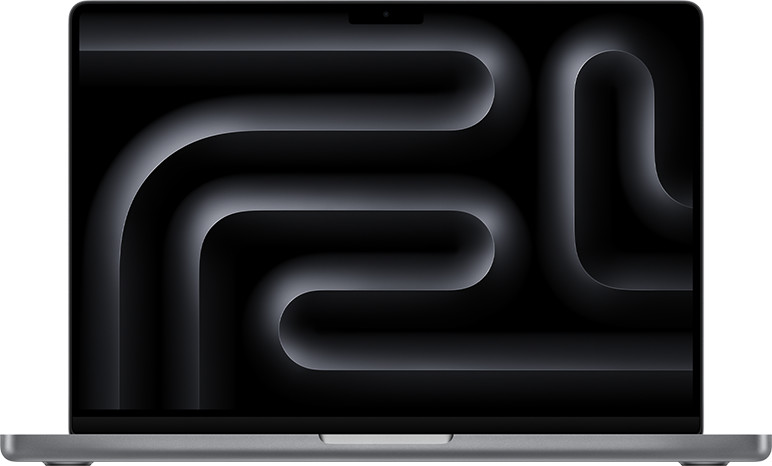The new M4 iPad is all sorts of amazing, the hardware is pretty great. It is easily said that what is holding the iPad back is the software. Putting macOS on the iPad does not really make sense as macOS is a mouse/pointer-first operating system whereas the iPad is touch-first. But there are a few things I would like to see the MacBook Pro borrow from the iPad:
- The M4 Chip
The latest top of the line MacBook still has the last-generation M3 chip. It felt weird typing that last sentence, just over 6 months ago the M3 chip based on the 3nm technology was Apple’s greatest, but here we are with the second-generation 3nm based M4 chip and Apple introduced it on an iPad, not on a MacBook where these M series chips make an intro.
The new chip would make much more sense on a platform that’s widely used for demanding tasks. Of all the things I’d like to see in the next MacBooks this is the most obvious thing that we can tick off, M4 Pro, M4 Max, M4 Ultra, all the variations are going to get to the next MacBooks.
- The OLED Display
The current display on the MacBooks aren’t bad at all, in fact they are one of, if not, the best display you can get on a laptop. The retina resolution with industry leading colour reproduction is great, but it still is an Mini-LED panel, which isn’t bad in itself but the Tandem OLED screen that Apple introduced on the new iPads are next level.
Both the 16” and 14” MacBooks and the last-gen 12.9 iPad Pro were the only Apple products with Mini-LED displays in Apple’s product lineup. The iPad Pro has now gone OLED, it’s time the MacBooks go too. Apple said they had to put in an M4 on the new iPad because only the M4 chip had the capability to run two OLED panels at once. As it is obvious the next MacBooks would get M4, why not a display upgrade too?
The problem against OLED on MacBooks is that OLED displays are prone to burn-in, but with Apple introducing OLED on iPhone X in 2017 we haven’t heard major complaints of image burn-in, so I am guessing Apple is doing something in software to offset this – like pixel shifting, etc. And Apple would not have put OLED on an iPad if they didn’t know what they were doing.
- Cellular connectivity
iPhone and iPad hotspot is a thing but you know what would make MacBooks even better? The ability to have a cellular connection without having to connect to another device. This would help you save battery life of the device you’d connect to too.
I appreciate that this might not be a feature everyone wants or even needs but for those who often have to connect to a mobile hotspot this would be a game changer. It doesn’t have to be physical sims, even e-sims would be help(and Apple wouldn’t have to redesign the external casing of the MacBooks).
WiFi is commonly available but they can be slow and not secure at times, so a cellular MacBook would help on these aspects too.
Bonus feature – Face ID
When Apple introduced the redesigned M1 MacBook Pro in 2021, it introduced the “notch” on the display and everyone speculated the next M2 or M3 gen versions of the MacBook will have FaceID (either instead of TouchID or both), but there years later here we are with no FaceID on the MacBook Pros.
There are some logistics of having faceID on the MacBook, if you are using your MacBook in clamshell mode plugged into external peripherals, with the display closed FaceID won’t make sense. But the same could be said of TouchID too.
Another issue is physics. If you look at FaceID on your iPad or iPhone, there devices are thick enough to have the FaceID modules inside them. The new 13” iPad Pro is 5.1mm “thick”. I don’t know the exact width of the FaceID module but the lid on the MacBooks are much thinner than the 5.1mm “thickness” of the iPad.
With the current state of FaceID, Apple might not be able to fit in FaceID on the display of the Mac without making the lid significantly thicker. In that is always the case, let’s please stick with TouchID.
—-

